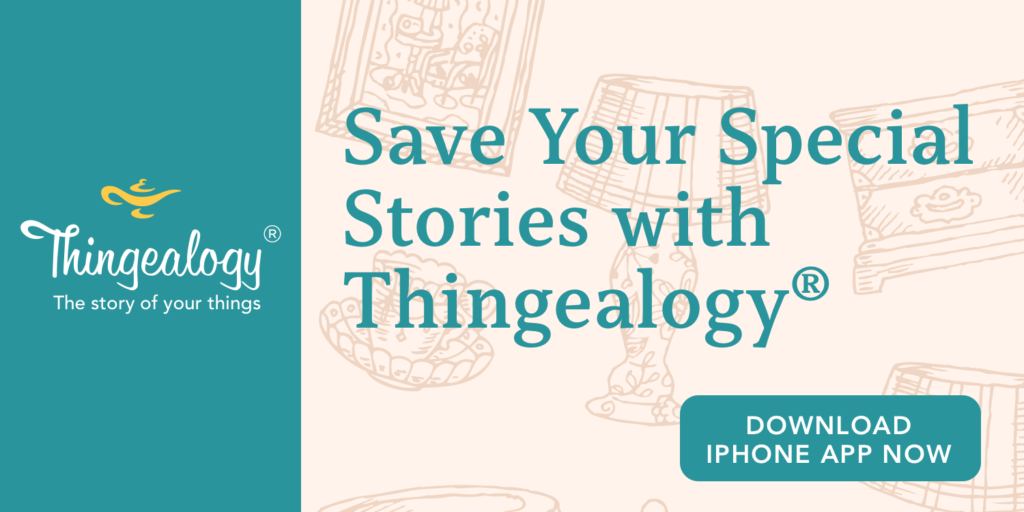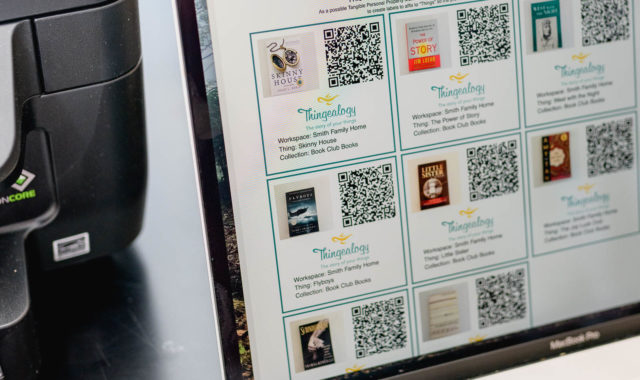When doing your estate planning, a variety of core documents will help ensure that your loved ones are taken care of and receive what you want them to after you pass. These include a will, revocable trust, living will, healthcare proxy, and durable power of attorney. An important supplement to your will or trust is a memorandum of personal property.
What is a Memorandum of Personal Property?
A memorandum of personal property is an estate planning document that details the individuals you wish to receive specific items that you own, such as artwork, collectibles, antiques, and jewelry. It’s also known as a tangible personal property memorandum, or sometimes simply as a memorandum.
Advantages of a Personal Property Memorandum
Using a memorandum has two primary benefits. First, it simplifies the process to make updates for personal property bequests. This document is separate from your will or trust. If you were to include the bequests in a will or trust, updates would have to be documented in a codicil or amendment, which then must be signed by a witness. A memorandum does not require witnesses, nor do updates to the document. You simply make the updates you wish in the document or create a new document. Then, attach that to your will or revocable living trust.
The second benefit of creating a memorandum of personal property is that it helps your loved ones understand your intentions for your personal items. It’s less likely there will be disagreement or conflict surrounding your bequests when you detail the people you want to receive each item.
How to Create a Personal Property Memorandum
A tangible personal property memorandum should include the following four things:
- Your intent. (For example, “I bequeath the following items of tangible personal property to the beneficiaries listed below:”)
- A list of all of the items you wish to gift, and the full name of the person you wish to receive them.
- Your signature.
- The date you sign it.
The memorandum can be a typed document or hand-written. However, you’ll want to make sure the signature is written by hand. Including the date is good idea also. The memorandum with the most recent date will be considered the one you intended to use.
Tips for Writing a Memorandum of Personal Property
The following tips will help you ensure your memorandum is clear and will reduce the possibility for confusion:
Provide details about the item. Include details about the items so everyone understands exactly what item you’re referring to. For example, instead of saying you want to leave your diamond ring, you might say you wish to leave your 1-carat diamond ring mounted in a yellow 14k gold band. Pictures are very helpful.
Be very specific about who you want to receive the item. Just like with your will, you don’t want list a person by your relationship, but by their full name. If their name is common, consider using a middle name. If the person is a Jr. or Sr., then include their prefix as well.
Keep it current. Review your memorandum of personal property at least once a year and update it both for your possessions and for any changes in the people you may want to leave gifts to. You want to be sure you don’t leave someone out. And you don’t want to cause confusion by leaving someone an item you no longer have. Also, remove any beneficiaries who predecease you.
Don’t overlap items with your will or trust. If you include any personal items in your will or your trust (for example, your house), don’t include it in the memorandum. You don’t want the two documents to conflict.
Consider including contact information. If you leave items to anyone not well-known by your designated executor, it may be helpful to leave their address, contact information, and what their relationship is to you.
Download our free tip sheet on the mistakes to avoid when designating beneficiaries.
Incorporating Thingealogy® into Your Estate Planning
The process of creating a memorandum can be challenging if you have a lot of items to give away. Thingealogy® makes the process simple and fun with audio/visual digital organization and step-by-step prompts on how to use. A photo of your tangible personal property, the audio story behind it, and who you want to give it to are all uploaded into the system. A pdf file that includes a QR code for each item can be generated within the Thingealogy® system.
Is a Memorandum of Personal Property Legally Binding?
Whether a memorandum is legally recognized is determined by the state in which you live. You should consult with an attorney who specializes in estate planning in your state to learn how to properly reference a tangible personal property memorandum.
Creating a memorandum of personal property is a good way to be sure your intentions are understood by your loved ones. A memorandum is simple and straightforward to create and will ensure that your loved ones receive the items that are meaningful to them.Thingealogy® is a free story-telling app with beneficiary-assigning features for your tangible personal property. Download the app, and try it out for yourself!

